Climbing Mount Kilimanjaro and Becoming a Lion Sister
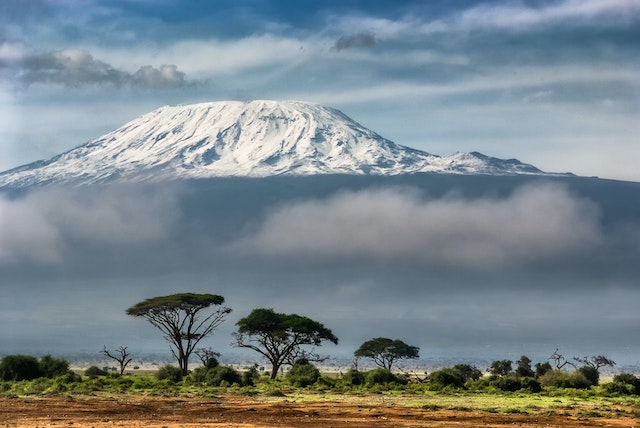
I had never climbed a mountain before. I knew nothing about altitude sickness or acclimatization. In fact, I had no idea what to expect during a six-day hike. In short, I was grossly unprepared to begin the 19,342 foot climb up Mt. Kilimanjaro.
But in mid August, a few days after my 26th birthday, that’s exactly what I found myself doing.
I had been living in Tanzania for nine months and was about to return to the U.S. Climbing mountains has never been a strong interest of mine, but as the end of my trip approached, I realized how much I would regret not climbing Mount Kilimanjaro, which was just a few hours away. In addition, my boyfriend’s grandmother had recently passed away. Since she climbed Kili 50 years ago, we decided to do the climb in her honor.
After researching and talking to people who had summited, I learned a lot about the details of the climb which surprised me:
- There are seven different routes – I chose the Machame, or “Whiskey,” route.
- It typically takes people 6-9 days from start to finish.
- Porters, around 3 per hiker, carry all of your food, clothing, and supplies.
- You don’t have to have any technical training.
- The price for tourists typically starts at $1500, and can be as much as several thousand dollars.
- Tour companies, of which there are many, allow you to rent all the equipment you need so you don’t have to worry about bringing much with you.
- Tipping the crew is essential, and can cost several hundred dollars.
Once I heard people’s stories of the incredible views and feelings of accomplishment, I decided that I wanted to conquer this mountain too. To make it even more meaningful, my boyfriend and I decided to put together a fundraiser to support a nursery school run by our friend called Kilimanjaro Children’s Project. The majority of our raised funds would go to supporting the school, and the rest would be used for generous tips for our hiking crew.
It felt like I was walking on the moon. The dust was dry and dark, the bitter cold air felt sterile, and the stars were astoundingly bright and close.
On the first day of the climb there was a lot of excitement in the air and a lot to take in. I was mostly impressed with how the porters carried so much on their backs and heads and still managed to make it to camp hours before the other hikers.
Recently, weight limitations had been implemented, along with other safety precautions, to protect the porters. Even with these rules, they still carry a huge amount. Our guide, Job, referred to them as the “Heroes of the Mountain,” and he couldn’t be more spot on. My admiration for how hard they work only increased as the week went on.
My days consisted of waking up around 7 and being served breakfast in my tent. David, our chef, was rumored to be the best on the mountain, and I definitely did not go hungry. The hikes were from 4-7 hours a day, and each hour was filled with stunning beauty. My route passed through several different climate zones, including a rainforest, moorlands and meadows, an alpine desert, and finally the arctic. The weather was warm enough during the day to wear a single layer of light clothing, but nights were frigid. Warm clothes are a definite must.
Climbing Mount Kilimanjaro and Becoming a Lion Sister
For the most part, the hike is a long, uphill walk. Being fit is helpful, but you don’t have to be in the best shape to reach the top. Altitude sickness is the biggest challenge, and that you can’t prepare for. The only thing to do is take anti-altitude sickness medicine, starting the day before you hike.
For the first three days, the guide leads you to a certain altitude, and then you descend slightly to the campground, allowing your body to acclimatize. You know you are suffering from altitude sickness when you have a headache, feel nauseas, have a hard time breathing, or feel delirious. Luckily, the altitude only gave me minimal problems and did not prevent me from summiting.
It. Was. Tough.
Summit day is by far the hardest day. I got to camp after hiking about seven hours. After an early dinner, I was instructed to go to bed at 7pm, because at 11pm, we would be roused, served a quick meal, and start the final ascent at midnight. So, on just a few hours of sleep, tired and sore from hours of strenuous hiking, in the freezing cold and the pitch black darkness, we headed towards Uhuru Peak. It. Was. Tough.
To both distract and motivate myself, I came up with little jingles in my head that mostly centered around the words “just put one foot in front of the other.” The other thing I remember thinking is that it felt like I was walking on the moon. The dust was dry and dark, the bitter cold air felt sterile, and the stars were astoundingly bright and close. As much as I liked the idea of walking on the moon, I kept anxiously looking at the horizon, silently begging for a glimpse of the sunrise.
I had promised myself that I wouldn’t complain or ask for extra breaks; I was determined to proudly push my way forward.
Finally, six hours after I started, I reached the top, just as the sun was coming up. My guide and two porters were with me the whole time, encouraging and leading me on. I had promised myself that I wouldn’t complain or ask for extra breaks; I was determined to proudly push my way forward. The porters noticed my perseverance, and began calling me Simba Dada, which means Lion Sister in Swahili. To be given such an epithet by the heroes of the mountain was something I’ll never forget.
There I stood, basking in the first sun rays of the day, gazing out over the cotton blanket of clouds in front of me. To my right was the swiftly melting glacier, which might not be around for future climbers to see. On my left was the crater the now inactive Kibo volcano created so long ago. Behind me was Tanzania’s third tallest peak, Mt. Meru. Wherever I looked was tinted with the warm pink colors of sunrise.
In the end, I was right – if I had not taken my chance to view Africa from it’s highest point, I would have deeply regretted it.
Truly, it was a magical moment.
In the end, I was right – if I had not taken my chance to view Africa from it’s highest point, I would have deeply regretted it. I would not have such respect for the laborious lives of the porters. I would not have some of the most breathtaking scenes etched into my memory. In fact, I would not have this sense of triumph that comes with completing a bucket list worthy feat. And best of all, the Kilimanjaro Children’s Project would not have extra money to improve their school.
It just goes to show life is full of unexpected adventures. Even though climbing Mount Kilimanjaro was not on my radar, and I had no idea what to expect, my life is now richer because of it.
Photo credits for Climbing Mount Kilimanjaro and Becoming a Lion Sister by Mandi Schmitt and Unsplash.


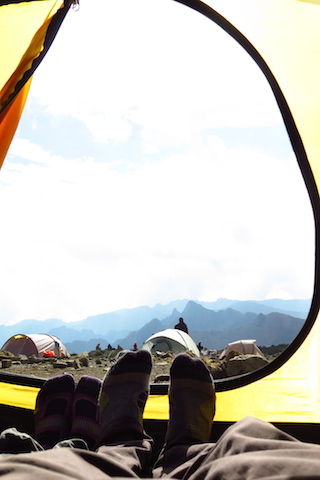
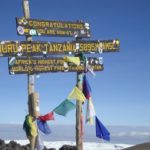
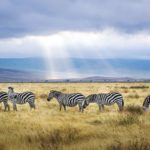
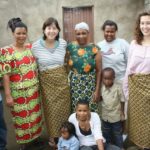
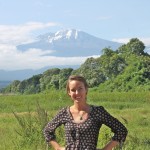
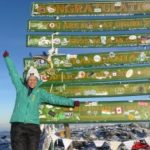
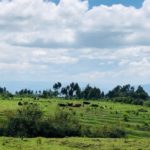
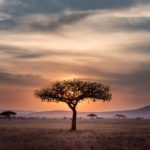
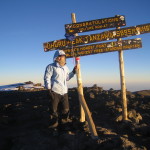
This is an amazing post from you. Through the trek arrange funds for children’s really a great job. I really enjoy your trek from your post I felt as I was with you.
This is a great recounting of events – I almost felt like I was there. Your fundraising efforts really did save our little school so the kids (and Frank) thank you SO MUCH. Congrats on your climb Simba Dada!